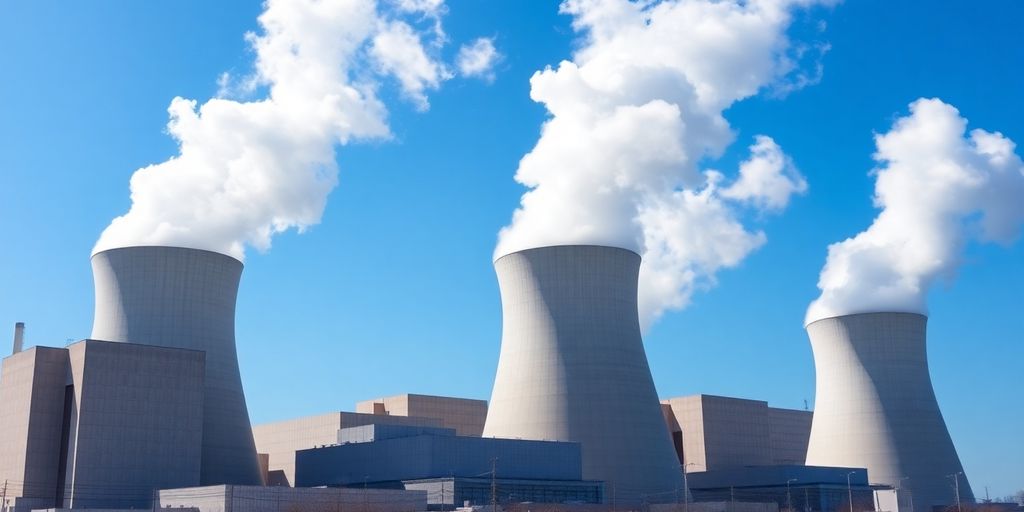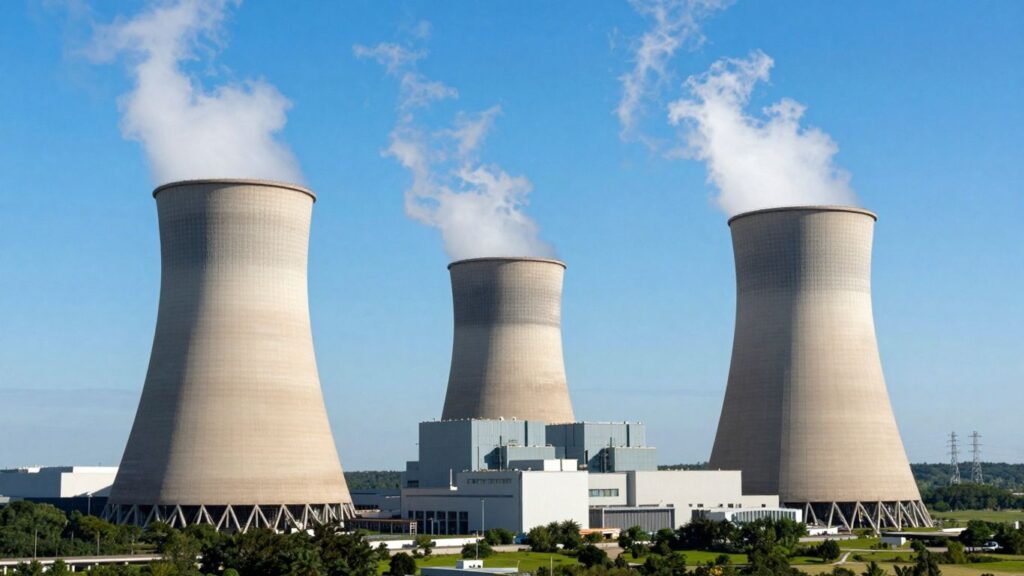The UK government has announced a significant overhaul of regulations to accelerate the development of nuclear power, including the introduction of Small Modular Reactors (SMRs). This move aims to boost energy security, create jobs, and deliver cleaner, more affordable energy for the nation.
Key Takeaways
- Streamlined Planning: Reforms will allow nuclear power stations, including SMRs, to be built at a wider range of locations across England and Wales, moving away from the previous restriction to eight designated sites.
- Introduction of SMRs: For the first time, regulations will permit the construction of Small Modular Reactors, which are smaller, quicker to build, and more flexible in their siting.
- Regulatory Taskforce: A new Nuclear Regulatory Taskforce will be established to spearhead improvements in regulations, aiming to incentivize investment, speed up approvals, and align the UK with international standards.
- Economic Growth Focus: The government emphasizes that these changes are part of a broader plan to grow the economy, create thousands of skilled jobs, and enhance the UK’s competitiveness in the global nuclear energy race.
Revitalizing Nuclear Power
The government is taking decisive action to end decades of delay and obstruction that have hampered nuclear power development in the UK. Historically, the UK was a pioneer in nuclear technology, but has since fallen behind other nations like China and the EU in building new capacity. The last nuclear power station was completed in 1995, with only Hinkley Point C currently under construction after facing significant delays and regulatory hurdles.
Enabling New Technologies and Wider Siting
The new planning rules will explicitly include mini-nuclear power stations, or SMRs, allowing them to be built in locations where they are most needed, potentially co-located with energy-intensive industries like AI data centers. The removal of the fixed list of eight sites means that nuclear projects can be considered across England and Wales, provided they meet robust safety and environmental criteria, including proximity to populated areas and military activity.
Addressing Regulatory Hurdles
A key component of the reform is the establishment of a Nuclear Regulatory Taskforce, reporting directly to the Prime Minister. This taskforce will focus on making nuclear regulation more investment-friendly, speeding up the approval of new reactor designs, and streamlining engagement with regulators. The aim is to reduce costs and delays, learning from past projects like Hinkley Point C where differing international regulatory assessments caused significant issues. The reforms also seek to align UK regulations with international partners to facilitate quicker approval of designs already cleared abroad.
Industry and Union Support
The announcement has garnered support from various industry bodies and trade unions. They highlight the necessity of nuclear power for achieving Net Zero targets, ensuring energy security, and driving economic growth through job creation. The simplification of planning and regulatory processes is seen as crucial for attracting investment and enabling the efficient construction of new nuclear capacity, both large-scale plants and SMRs.












